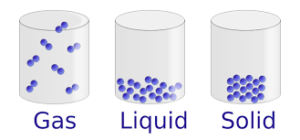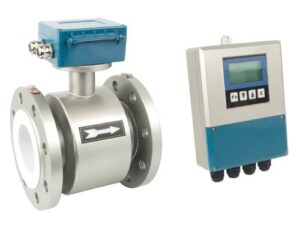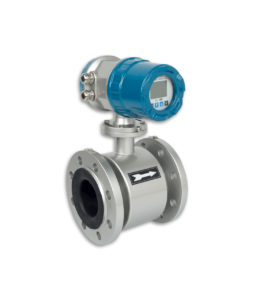There are three common forms of matter: Solid, liquid, and gas, their physical properties are very different.
In physics, a fluid is a liquid, gas, or other material that continually deforms (flows) under applied shear stress, or external force. They have zero shear modulus, or, in simpler terms, are substances that cannot resist any shear force applied to them.
Although the term fluid generally includes both the liquid and gas phases, its definition varies among branches of science. Definitions of solid vary as well, and depending on the field, some substances can be both fluid and solid. Viscoelastic fluids like Silly Putty appear to behave similarly to a solid when a sudden force is applied. Also, substances with very high viscosity such as pitch appear to behave like a solid (see pitch drop experiment).

In particle physics, the concept is extended to include fluidic matters other than liquids or gases. A fluid in medicine or biology refers to any liquid constituent of the body (body fluid), whereas “liquid” is not used in this sense. Sometimes liquids given for fluid replacement, either by drinking or by injection, are also called fluids (e.g. “drink plenty of fluids”). In hydraulics, fluid is a term that refers to liquids with certain properties and is broader than (hydraulic) oils.
Both liquids and gases are made up of molecules. The nature and movement of the fluid are also related to the status of the molecular. However, the size of the device system involved in practical engineering problems is very large compared with the molecular distance of the fluid and the free stroke of molecular motion.
At this time, it is not necessary to discuss the microscopic properties of individual molecules of the fluid but to study the morphology of a large number of molecules and their average statistical macroscopic properties.

Therefore, the fluid can be regarded as a continuous medium composed of countless mass points, that is to say, the mass point is the smallest unit of the fluid, and there is no gap between the mass point and the mass point. The mass of this continuous medium contained in a very small range can be considered to be evenly distributed throughout the volume.
The electromagnetic flowmeter can be used to measure the flow of conductive liquids, which shows that the assumption that the fluid is a homogeneous continuous medium is correct.

A continuum, or continuous medium, is a region defined in space where various properties, such as temperature, pressure, density, and velocity, may vary in a continuous manner.
In continuum mechanics, we assume the characteristics of macroscopic fluids (such as average density, average pressure, and average viscosity are continuously changed with the observed fluid micelle size and its position and time in the system.
If the micelles are very small and meet the conditions of continuity, and no changes in these characteristics can be seen, such micelles are called a mass point of the fluid. The mass point represents the average characteristics of the fluid.
Assuming a point that occupies a spatial position, the flow field method can be used to express the continuous characteristics of the fluid. Therefore, the characteristics of the fluid (such as density, pressure, velocity, etc.) can still be expressed as a continuous function of space and time. On this basis, establish equations to study the balance and movement of fluids.
For example, the study of electromagnetic flowmeters found that the flow-induced electromotive force picked up on the measuring electrode is the collection of the potential of all the particles around the electrode on the two electrodes, and it can be established by the flow field of the continuous medium and the combination of the electromagnetic field in the same space.
Develop the basic principles of differential equations. Analyzing the differential equation can obtain the necessary conditions for its manufacture and application.

